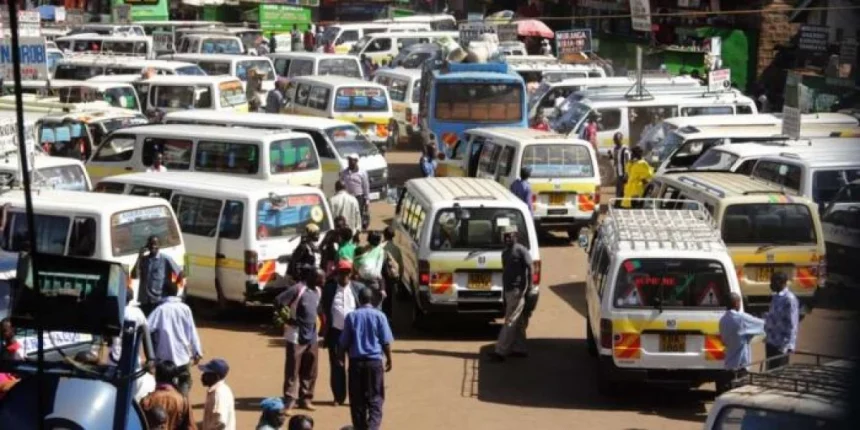When the sun sets in Nairobi, underneath the thriving matatu system lies the hidden world of unroadworthy vehicles.
Nairobi’s transport system relies heavily on matatus, a public transport system that remains a lifeline for commuters.
However, when darkness envelops the city, a dangerous version of matatus trod the city streets. “Usiku Sacco” (as they are popularly referred to) emerges, defying authorities and traffic rules and regulations.
Operating at night to escape the vigilant eyes of law enforcers like the National Transport and Safety Authority (NTSA), these faulty matatus pose life-threatening risks to Nairobians.
Reckless drivers and conductors navigate the streets, prioritizing profits over passenger safety. Easily identified by their dilapidated exterior, Usiku Sacco matatus are notorious for their gaping holes in floors, rust-covered exteriors, and run-down interiors.
Passengers on these once-legitimate vehicles are forced to cling on to makeshift seats or withstand the discomfort from jagged edges of torn metal.
With each bump in the road or sharp turn, every passenger’s safety hangs in a precarious balance.
Rogue crews running these illegitimate night operations knowingly risk both their lives and those of Nairobians.
These drivers have gained infamy for their deadly competitions among routes, aiming to arrive at destinations as quickly as possible.
This deadly race against time has resulted in numerous accidents and injuries involving helpless passengers, amid efforts to stamp out the culture.
As Nairobi continues to grow and expand, it is essential to confront the illicit transport underbelly of Usiku Sacco and move towards a safer and more reliable public transport system.
Authorities, commuters, and all stakeholders must work together in ensuring that this dangerous culture becomes a thing of the past, allowing Nairobians, and Kenyans in other towns, to commute safely.



